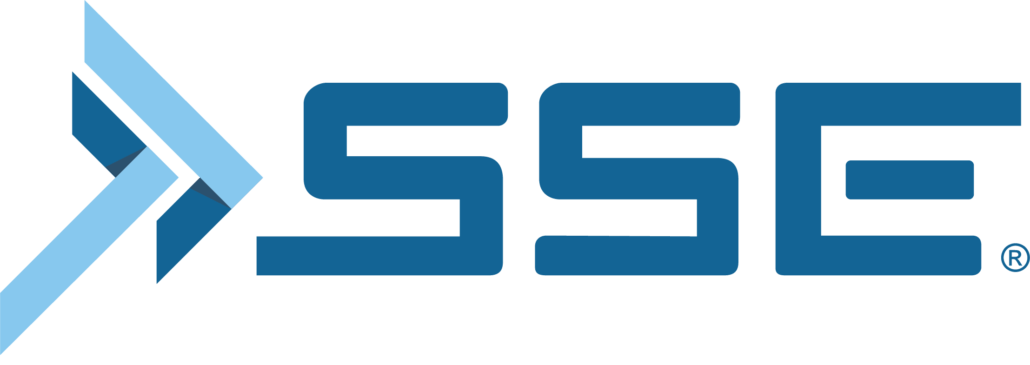Need to Meet CMMC Compliance?
Schedule Your CMMC Readiness Assessment
Fill out the form below to start the process
"*" indicates required fields
Learn More About CMMC and NIST Compliance
Check out some of our technology and DOD cybersecurity articles.
Contact us
About SSE
Contact Us
Interested in how SSE can optimize your business systems to ensure maximum availability and security? Contact our team today, and take a leap forward into the future of technology.
9666 Olive Blvd
Suite 710
St. Louis, MO 63132
info@sseinc.com | (314) 439-4700








Cyber hygiene is all about forming good habits with your digital devices. These habits and routines improve your online security (and that of your organization). By maintaining the health of your system, you can mitigate potential security breaches and keep ahead of threats and issues that can target more vulnerable out-of-date software and hardware.
The goal of cyber hygiene is to prevent attacks and data loss that can happen when devices aren’t maintained properly and good cyber hygiene routines aren’t practiced. Poor cyber hygiene can result in security breaches from hackers, malware, viruses and phishing attempts, or data loss from hard drives or cloud storage that isn’t properly backed up.
Why are cyber hygiene routines important?
An important part of hygiene is that for it to be effective, it needs to be performed regularly, not just whenever you happen to remember to do it. There are different cyber hygiene routines that should be followed at regular intervals, be it daily, weekly, monthly, or even yearly.
Developing these habits not only makes following good cyber hygiene easier, but also keep your devices and data healthier and help you stay ahead of threats and issues. Partner with your IT provider or cybersecurity consultant to ensure certain tasks and updates are automated and performed at the correct intervals to avoid a lapse in one of these routines.
Beyond keeping your data secure, regular and timely software and hardware updates also improve your experience with the products. These updates, in addition to adding valuable protection for the latest threats and weaknesses, allow your devices, systems and programs to run more efficiently.
Your cyber hygiene tool kit
Proper cyber hygiene, like regular hygiene, also requires that you have the right tools for the job. Enterprises need to make sure that every element of their business adheres to a proper cyber hygiene routine, and not just for computers, but phones and other connected devices as well.
Secure Email
For your organization’s email to be secure, your software and servers must be secure with email encryption and threat protection, privacy and digital signing technologies. But it’s just as important to make sure that everyone in your organization is aware of safe email best practices, such as how to recognize social engineering and avoid common phishing tactics, along with other precautions.
Backup and Disaster Recovery Plan
If a data loss or breach occurs, having a backup and disaster recovery solution plan ensures your data is remotely copied and stored securely so your business can continue to operate smoothly.
Strong Network Firewall
A business-class firewall is essential to your organization’s security as it is designed to prevent unauthorized access into or out of your network and can help protect against malware.
Password Managers
Proper cyber hygiene requires that you use strong, complex, unique passwords that change regularly. These passwords can be difficult to remember, and you want to avoid storing notes or reminders for the passwords in any unsafe place (whether digital or physical). A password manager is a secure way to keep track of your different passwords. Some can even help remind you to change or update passwords regularly or when needed.
Mobile Device Management
Keeping your organization’s data secure doesn’t just include protecting laptop or desktop computers. Mobile devices that are company-provided and synced with different software or applications used enterprise-wide can open a new pathway for security breaches. Keeping tabs on these devices and making sure they’re up to date, patched with the latest security updates and secured with encryption enforcement can help protect these ancillary devices from becoming threats to your business.
Updated Hardware
Cyber hygiene doesn’t end with software updates. It’s important to regularly update your hardware, too. Old computers, phones, tablets and other tools may have limits to which of the latest software or operating systems they can accommodate, which can create issues that affect both performance and security.
Cyber Security Consultants
The tools included in this article just scratch the surface of what a healthy cyber hygiene routine may look like for your organization. It can be a lot to manage, even for your internal IT team. Having a knowledgeable service provider you can trust to partner with you or your IT personnel can be an invaluable resource.
Contact SSE today to find out how we can help keep your business secure.